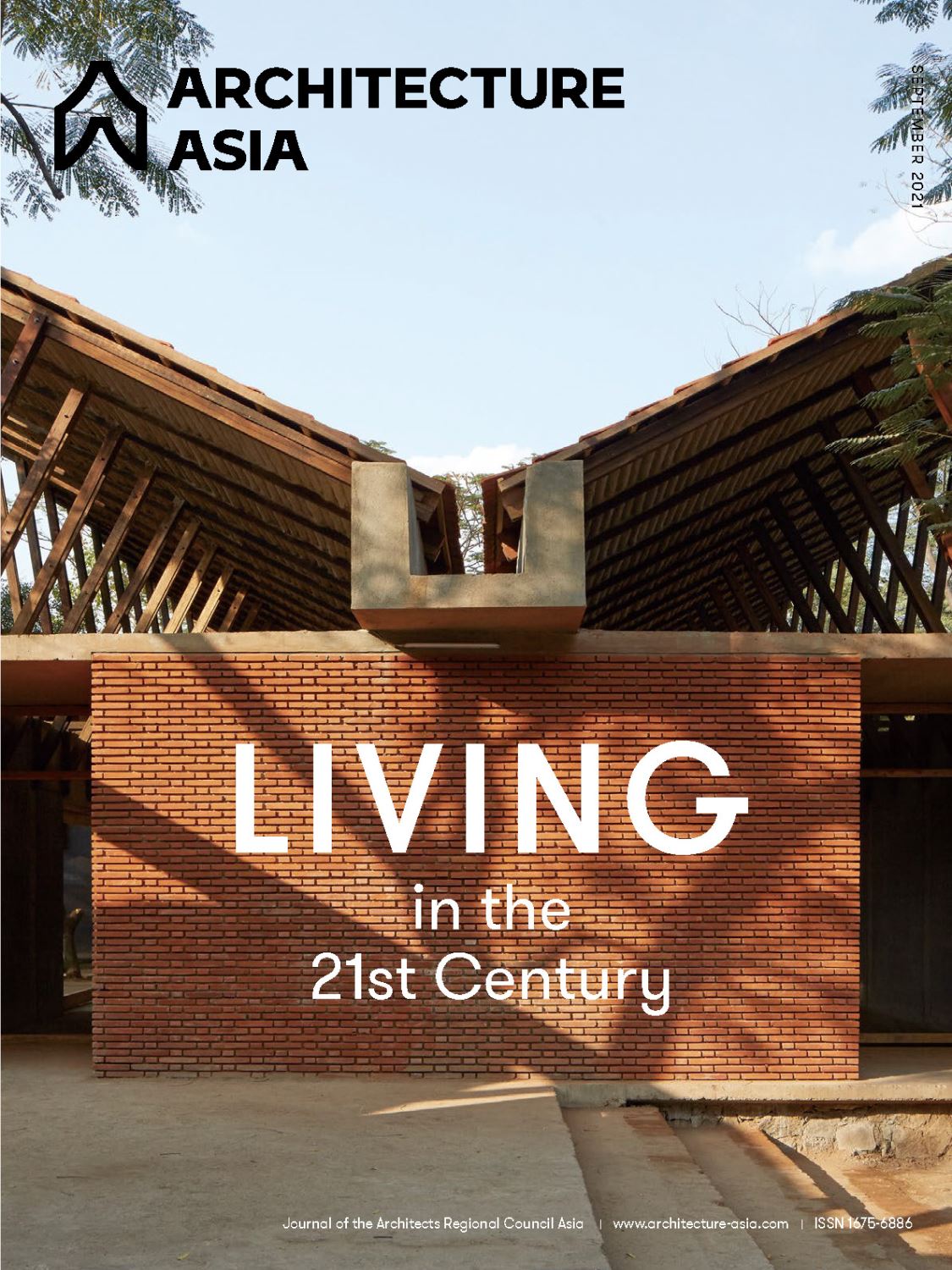
Editorial
In the 21st century, Asia has developed fast in the wave of globalization, and the living and urban environments are changing rapidly along with the economic development. Many Asian cities are undergoing large-scale urban infrastructure construction in the process of rapid urbanization, and a large number of huge iconic buildings representing the characteristics of the country or city have been built. While large-scale construction improves urban conditions, it also results in the redistribution of resources, the occupation of land leading to displacement, and conflicting or unbalanced interests. These are the issues that architects have to face.
Alongside this, the development of mobile internet and self-media has also changed the way people present themselves and understand the outside world in the 21st century; this has also enriched the methods of displaying and promoting architecture.
Asia’s transition from the 20th to the 21st century has been different from that seen in Europe and the United States. East Asia, Central Asia, South Asia, and Inner Asia have undergone varied experiences and present complex scenarios within each. Even so, some problems are common to certain regions. The research articles in this issue address three different perspectives and dimensions:
1) Public cultural life and space—the transformation of the political space of 1950s China into the cultural space of the 21st century, and how it is used by the public, as well as the type of unresolvable problems and contradictions this change brings is what Charlie Qiuli Xue and his co-authors highlight and reveal.
2) Urban poor housing and social problems—the rapid development of urban infrastructure, its occupation of land, and the resulting displacement of the urban poor are problems many Asian countries encounter in their 21st-century development. Shantanu Khandkar’s article addresses these issues, showing how resettlement needs to be seen as an integral part of infrastructure projects and not just as an obstacle to overcome.
3) “Architecture of the self-media age”—the virtual space of the internet has brought about a new way of evaluating architecture, which, unlike the professional, elite discussions of 20th-century architecture, involves ordinary people in the discussion. Sui Yingda and Liu Yanjie’s article suggests that the profession should stay aware and critical of this “architecture of the self-media age” by analyzing “Instafamous architecture.”
In this issue, we highlight perspectives on the transformation of spatial functions, the contradiction between urban development and individual dwellings, and architecture in the age of self-media, to discuss Asian architecture in the 21st century, hoping to shed light on the different situations and provoke reflection. The projects in this issue provide a response to the complex transformations facing Asian architecture and cities in the 21st century through three aspects: the shaping of the environment from child care to spiritual sanctuary reflects the transformation of user needs from “material” to “spiritual” in the new era; the functional development from temporary exhibition to conference and exposition demonstrates the increasing richness of citizens’ public life; and the spatial migration from the urban fringe to the countryside reflects the local transformation in the urban development trend.




 loading......
loading......